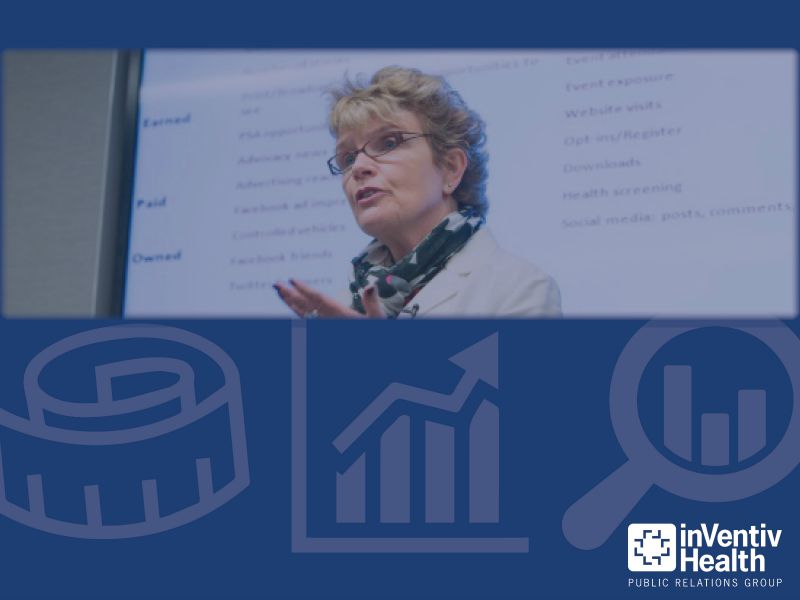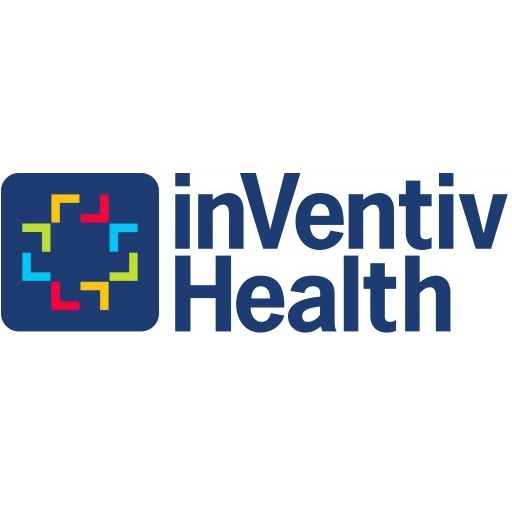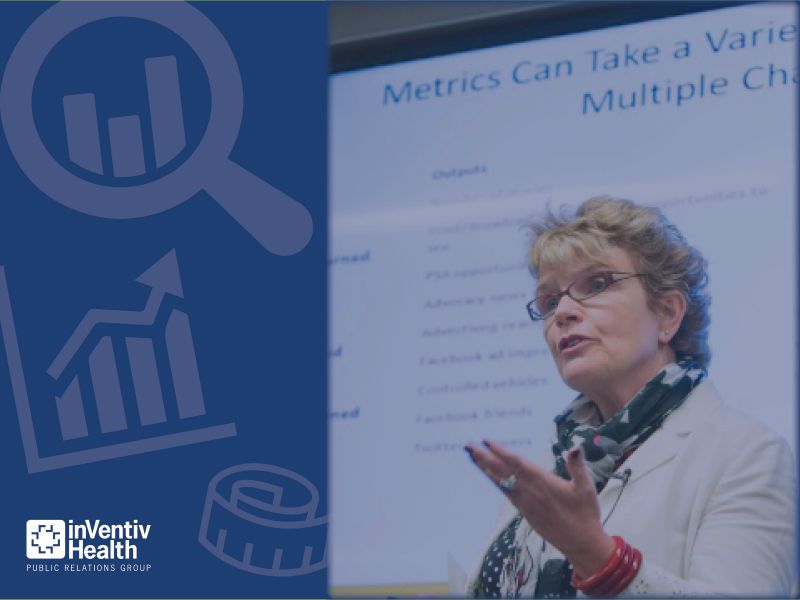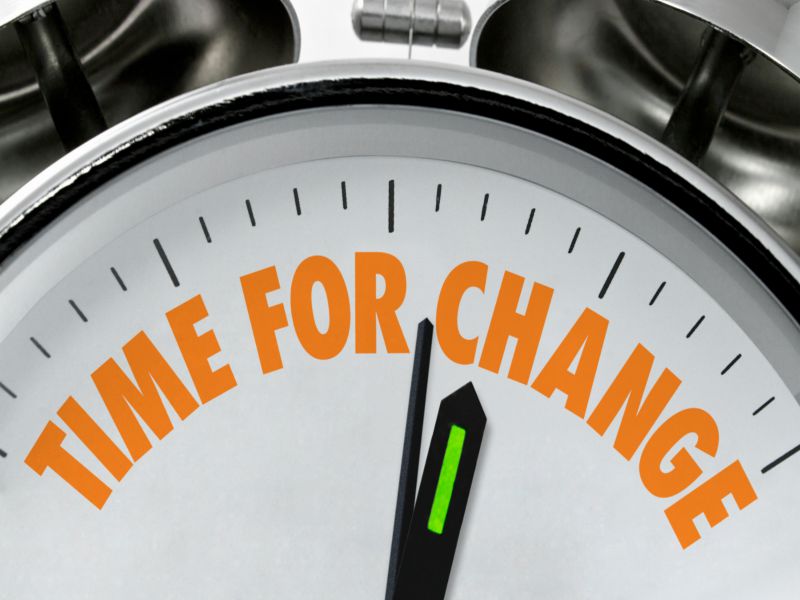inVentiv Health Communications 21 Sep 2015 // 2:55PM GMT

Assigning specific value to work in public relations is never simple. The challenges were under a spotlight at the 2014 Summit on Measurement organized by the International Association for the Measurement and Evaluation of Communications (AMEC), where delegates from 35 countries shared, discussed and debated strategies to provide meaningful measurement.
As a member of the IPR Measurement Commission and a participant in the movement to create standards in public relations, I wanted to hear what was top of mind for the global communications leaders in PR, government and academia. Not surprisingly, presentations focused on moving from measurement to insights, finding meaningful measures in social media and demonstrating the value of PR. But the most compelling presentation for me was one that asked: Are we measuring the right things?
At its most ambitious, our industry tries to correlate PR activity with sales results. For example, we attempt to show that by garnering media attention in target outlets, our client was able to boost sales by a definable amount. Maybe we even use market mix modeling to tie each element of a marketing campaign to a dollar value in sales. Yet I have suspected, for a long time, that this agenda won’t ever meet all of our expectations.
Kevin Murray, author of The Language of Leaders, and CEO of The Good Relations Group, stressed at the meeting that value isn’t where it used to be. He estimates that, worldwide, $35 trillion in value lies in soft or intangible assets like reputation, relationships, culture, leadership, intellectual property and trust. These assets are increasingly unstable, or in flux, due to 24/7 communications and other legacies of digital and social media.
Building intangible assets like reputation and relationships is essential to growing business value, but how do we measure it? The question is familiar to many PR practitioners, who are often frustrated when asked to measure the ROI of their work.
We see plenty of very large numbers connected to this quest. Reputation Dividend, a reputation and brand research consultancy, estimates that corporate reputations on the S&P500 accounted for $3.7 trillion in value at the start of this year, or 21 percent of the market capitalization. Yet, PR professionals know that the advantages their hard work confers on clients often are intangible – things like stronger corporate reputation, better employee engagement, supportive stakeholder actions, or, perhaps, an improved regulatory environment. These achievements are the outcome of long term investments that will only deliver results over time.
The role of measurement is to alert us to where the reputation and relationship vulnerabilities lie, so we can work to strengthen them and maximize business value. Murray’s firm measures performance against three elements that they call the “Power of Good”; good actions, based on doing the right thing even when no one is looking; good engagement based on personification, or how stakeholders would feel about them if they were a person; and good recommendations, the likelihood to recommend to others.
The approach at inVentiv Health Public Relations Group is called the METRIC Model – for Measuring Engagement and TRacking Influencer Communications. It’s based on the identification and tracking of the desired actions of key stakeholders, such as disseminating information to target audiences through their owned channels, which are assigned a weighted value.
Regardless of approach, and wherever possible, we need to document and standardize the use and value of intangible assets, highlighting how they are integrated into the communications process and how they contribute to business objectives. At the recent meeting, many speakers emphasized that this is an elusive art. One delegate proclaimed that “relationship capital” is an essential part of an organization’s worth, established and sustained through public relations efforts – but extremely difficult to measure.
Perhaps the most important presentation – and certainly the No. 1 reason I wanted to be at this conference – was that of Jim MacNamara, PhD, Professor of Public Communication at the University of Technology, Sydney, Australia. He said that we tend to over-emphasize quantitative data in PR. In doing so, we create one of the most daunting barriers to credible measurement and evaluation. Instead, MacNamara argued, we should recognize that PR outcomes include human interpretations and mental or emotional states, such as awareness, perception, attitude, opinion, trust, loyalty and relationships. While we often try to measure these intangibles in different ways, the value cannot be easily quantified.
Uncovering insights that can inform future strategy requires qualitative as well as quantitative data – and lots of it. MacNamara proposed a new approach called the MAIE Model (for measurement, analysis, insights, evaluation), which effectively de-links measurement and evaluation. It involves in-depth analysis that goes beyond the usual corporate quest for insights based on internally generated, or endogenous, data. It is only after this stage, when insights are drawn from exogenous data (from external sources), that evaluation – making a “judgment about the value of something” – happens.
The focus on relationships, intangibles and qualitative data should remind us that public relations and communications are about people, not media. After all, media are nothing more than channels. In contrast, the real purpose of communications is to influence behavior, attitudes and perceptions. That is the outcome that we need to assess – though the output may not resemble our traditional buckets of dollars and cents.
This article was written by and Marianne Eisenmann, head of Research & Analytics at inVentiv Health Public Relations Group


































.jpg)














